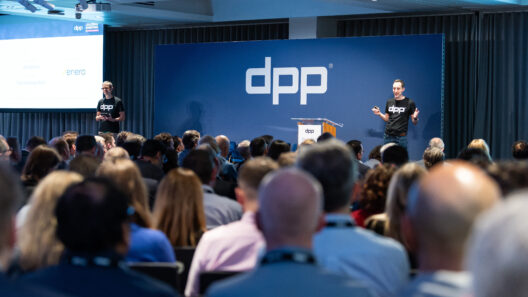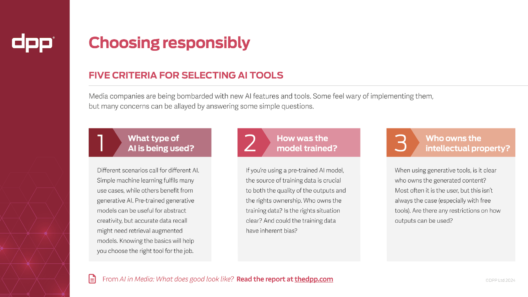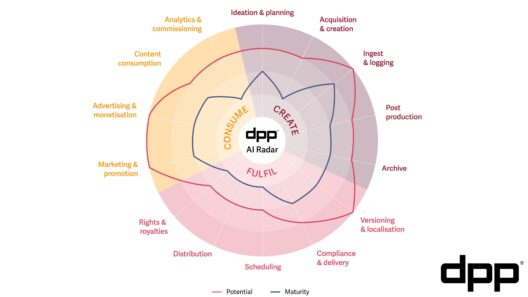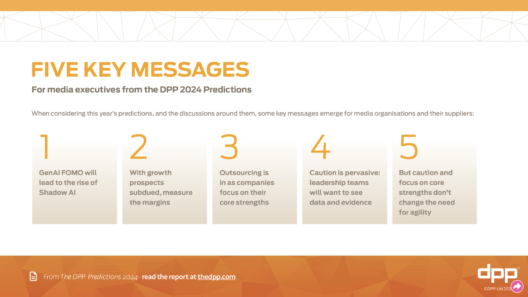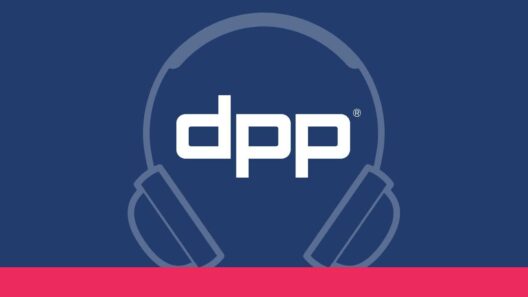After a few years of incredible streaming growth and content investment, a tougher economic environment now means that the media industry is now focused on delivering maximum value from content investments.
In its Making Media Pay series, the DPP explored how media companies around the world are looking to maximise the revenue generation from their valuable media assets. Here, we summarise 5 key steps to optimise content monetisation.

Download all 3 reports from the series
1) Collaborate to define a rights model
Effective rights management is only possible when the organisation has a commonly agreed rights model which can be implemented in a rights system, understood by business users, and integrated into operational processes.
That rights model must, of course, be able to represent the rights contracts which define the underlying intellectual property which is bought, sold, or licensed. So defining the model requires legal, business affairs, sales, operations, technology and other teams to work together.
2) Integrate systems to enhance rights visibility
To simplify processes and increase effectiveness, rights data must be widely available, well understood, and easy to use. Acquisition teams need to be able to record what they’re acquiring. Sales teams must be able to gather rights for the deals they make. Operations teams need to be able to relate rights to their assets and schedules.
But each of these teams has their own systems and processes. Sophisticated rights management implementations enable the rights system to seamlessly exchange information with other tools such as the CRM, MAM, and scheduling system.
3) Maintain flexibility in monetisation models
There are many ways to monetise content, including subscription, advertising, licensing, sales, and rentals. There are many platforms and media over which to do so, including over-the-air, linear streaming, and video on demand. And there are new options appearing regularly, including Shoppable TV and FAST.
It is impossible to define the best content monetisation strategy, as every content owner has different needs. But what is certain is that no content company can assume that today’s strategy will stay fixed forever. The content supply chain and surrounding business processes must be agile enough to support new and changing monetisation needs.
4) Build strategic aggregation partnerships
The rise of internet content consumption first delivered a wave of disaggregation, as content companies built direct to consumer (D2C) services and relationships. The rise of SVOD led to the breaking down of many traditional bundles, such as cable TV.
But there is a limit to consumer appetite for multiple different services, as each new one adds cost and complexity. And so a new range of aggregators is gaining increasing influence, such as FAST platform operators, Connected TV manufacturers, and even some of the venerable cable and satellite operators. There is both risk and opportunity for content owners - so the right partnership strategy is key.
5) Implement proportionate content protection
Consumers value convenience above most other factors, and so a new wave of illegal streaming services has gained popularity not just by offering low prices, but also an aggregation of a wide range of content in a simple user experience. Reducing piracy stems revenue losses, while converting casual users of illegal services to legitimate ones represents a revenue opportunity.
The most valuable and pirated content - such as live sports or movie blockbusters - is likely to require multiple forms of content protection. These include DRM, watermarking, and piracy analytics. But all content providers should consider the appropriate level of protection for their valuable assets.
Increasingly, the most forward thinking content businesses take a holistic approach to managing the intellectual property rights they create or acquire, monetising them to create maximum value, and protecting them to avoid losses. Find out more today by reading the full Making Media Pay series.
